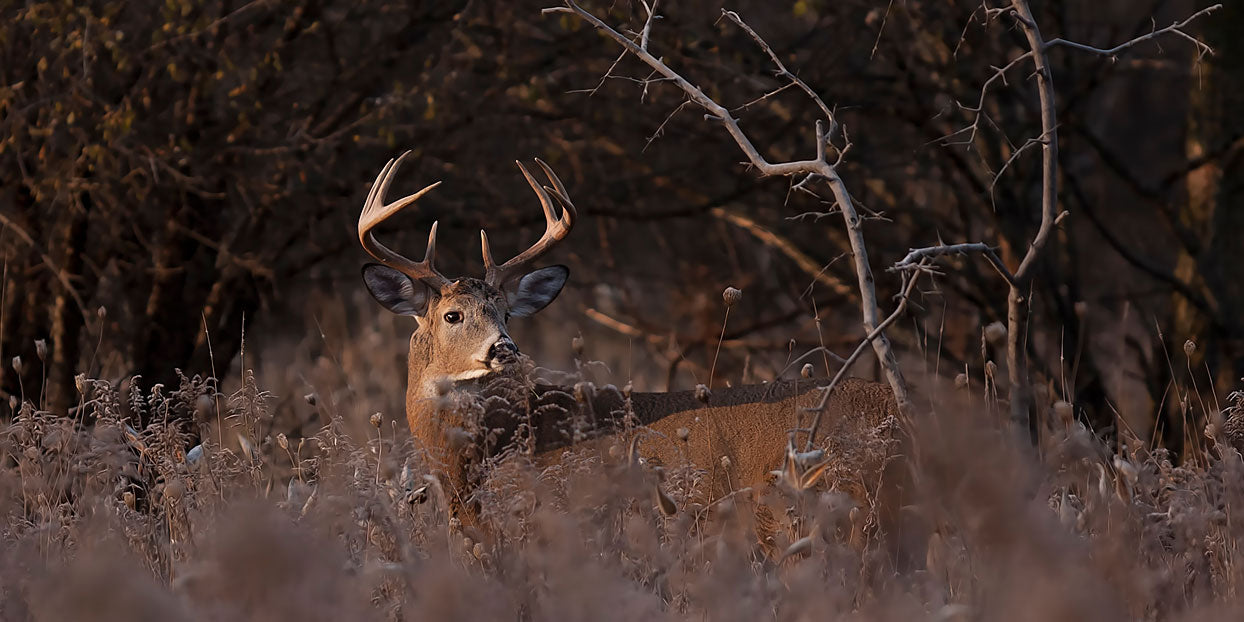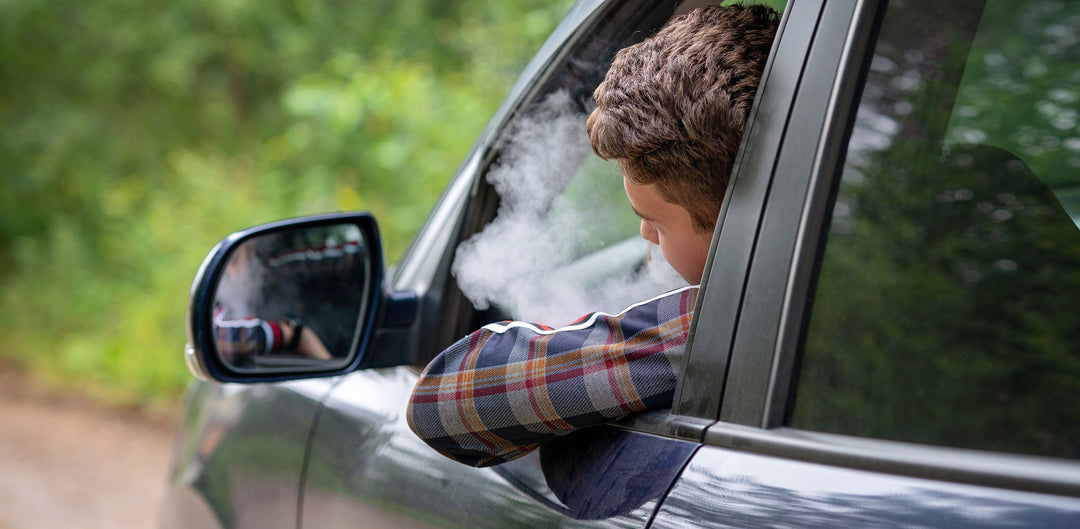Hunting is this beautiful dance between predator and prey. Nature pits the two against each other in equal odds. Sometimes the lion gets the gazelle, but as often as not, the gazelle gets away.
Predators and prey are constantly adapting. It is what allows each to survive.
When it comes to hunting whitetail deer, our methods have changed a lot through the years. It’s no surprise that most hunters have limited time to fill their tags. Between demands at work, and family life, hunters are having to cram their hunting activities into the weekends which in turn puts extra pressure on whitetail deer. The result is a changing of hunting dynamics, and these changes are significantly influencing hunting and deer behaviors.
And we’ve all heard the stories, or lived them ourselves, where a deer is seen doing something that seems highly intelligent. We may see a deer pointedly avoiding a tree stand or a big buck disappearing during hunting season.
So, it begs the question, are deer getting smarter? Or are they just adapting to a changing set of rules and environments?
Whitetail Deer Behavior
Before we answer that question, it helps to understand a few things about whitetail deer. The more you understand deer and their natural behavior, the better hunter you will become.
Deer change their behavior and movements throughout the seasons. And their behavior can change depending on the presence of cover. You may see a lot fewer deer if you are hunting near standing corn, for instance.
Spring
In the spring, deer are feeding on all the new growth: grass, tender shoots, and buds. They are recovering from the winter and enjoying an abundance of food.
Fawns are born, and bucks are starting to grow their antlers.
Summer
As spring melts into summer, male deer start forming bachelor groups. The bucks are growing their racks throughout the warm seasons and are reaching full potential around August.
Most does are tending to fawns and may travel with another doe or a young buck. Mama deer will teach their babies to hunker down in tall growth while they feed.
Food is abundant, and the deer are loving it.
Fall
Starting around September, deer patterns will start to shift towards fall. This means male deer are shedding their velvet. They will start making rubs to not only help shed their velvet but to mark their territory (boys will be boys).
As fall progresses, testosterone levels start to increase as bucks prepare for the rut. Bucks that were in bachelor groups break up and become more solitary.
The temperatures start to cool off, and whitetail deer switch to a higher fat diet. This means they will be feeding on acorns and such. Their body chemistries also change, so they are turning more of their calories into fat for the winter.
Starting around October and into November, breeding season begins … and bucks go crazy. This means they are much less cautious (all they care about are the ladies).
Winter
Winter can be especially harsh on animals. Food becomes scarce. Whitetail will start forming herds and traveling during the day to help conserve energy. Some does may still be in estrous, but breeding season is coming to an end.
By January, bucks aren’t pumped up with testosterone anymore, and they start shedding their antlers. Everyone is looking for high energy food sources like soybeans, corn, and woody browse (a collective term for leaves, twigs, and bark of woody plants).
Patterning
Once you have a handle on why deer move for natural reasons, you can start to get an idea of how humans and other predators affect patterns and movement.
Many hunters try to pattern deer, so they can know where to be to have the best shot at filling their freezer.
But deer are pretty good at patterning hunters as well. As prey animals, whitetail deer are very conditioned and attuned to their environment. They depend on their sense of smell, hearing, and sight to stay alive.
If you are moving in predictable patterns that make deer nervous, they will avoid you and your stand. This may mean disappearing all together during times of the day or week when they feel pressured. This may mean circling around downwind of a spot to check for safety. This might mean being easier to spook or slower to come into the open.
Intelligence or Instinct
It makes sense that deer who are able to survive from year to year are the ones able to pass on their genes … obviously a dead deer isn’t reproducing …
But wary deer passing on their genes and creating more wary deer isn’t all that’s happening.
Several studies have been conducted to determine whether deer changed their behavior during hunting season. One study published in the Canadian Journal of Zoology found that deer recognize the threat posed by humans and adapt. Deer in the study decreased their travel distances, micro-range areas, and exploratory behavior when humans were present, especially during the hunting season.
Some deer will actually choose heavier cover with fewer food sources to more open areas with more abundant food sources due to pressure from hunters. They choose safety over food!
Several studies have shown that whitetail deer suppress movement during heavy hunting times, notably the weekends. These deer become more active several days later or switch to nocturnal patterns when humans are noticeably absent.
Strategies to Bag More Deer
Whether the deer are outsmarting hunters or just really good at being prey animals and avoiding potential danger, hunters are constantly complaining when they stop seeing deer.
Even if you are just a weekend warrior, there are ways to increase your exposure to deer during your hunt.
Here are a few tips to consider:
- Don’t overhunt permanent deer stands.
- If you are on a guided hunt, consider using a tree climber or hunting away from the dedicated hunting spots (in other words, hunt where others are not). The dedicated hunting areas may be putting too much pressure on deer in the area, and they have changed their behavior.
- Use odor eliminating strategies like using unscented hygiene products and treating your clothes with Dead Scent.
- Brush up on whitetail deer behavior, so you understand movement, patterns, and motivation better.
If deer are adapting and becoming smarter, you just have to be better at the game than they are.












